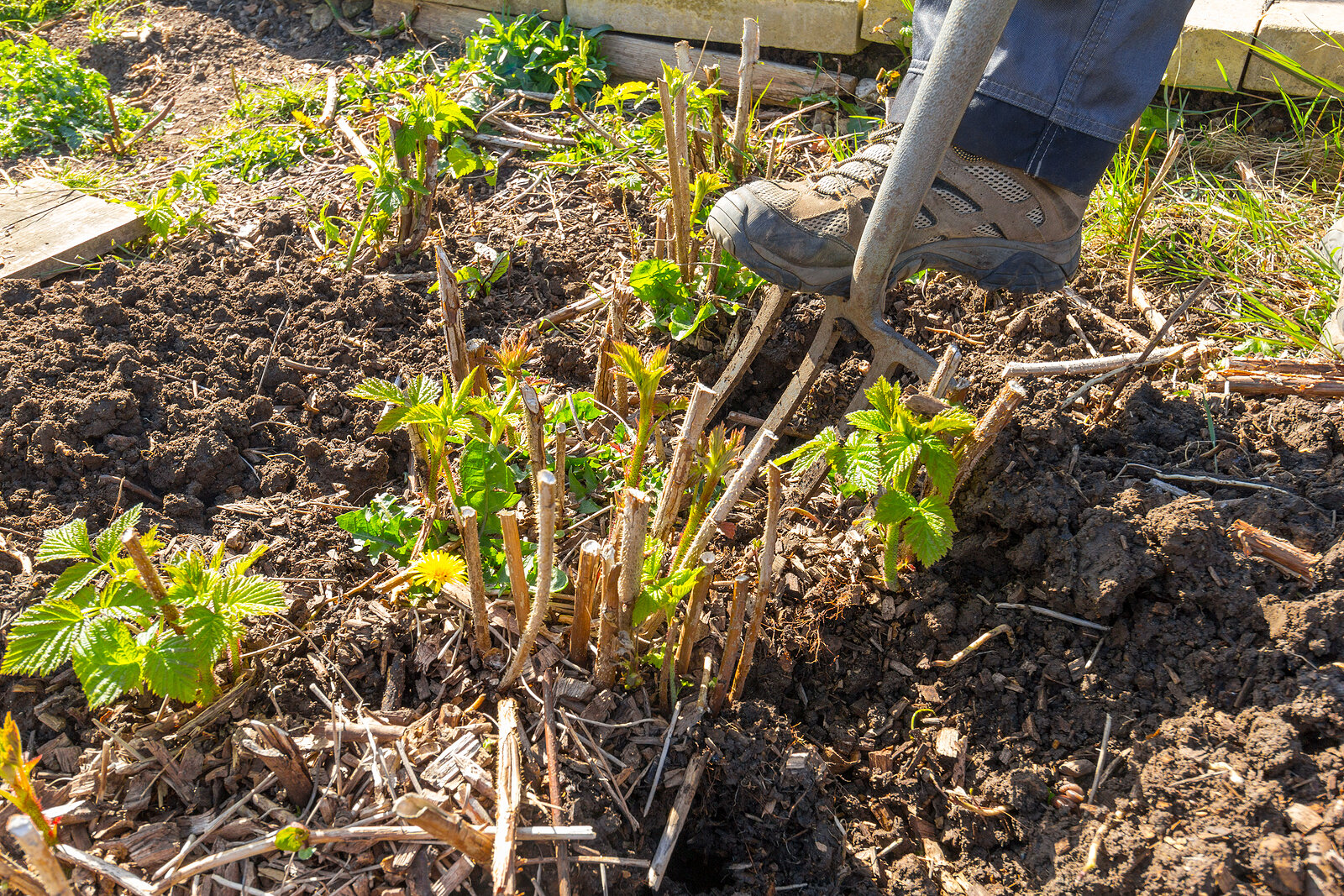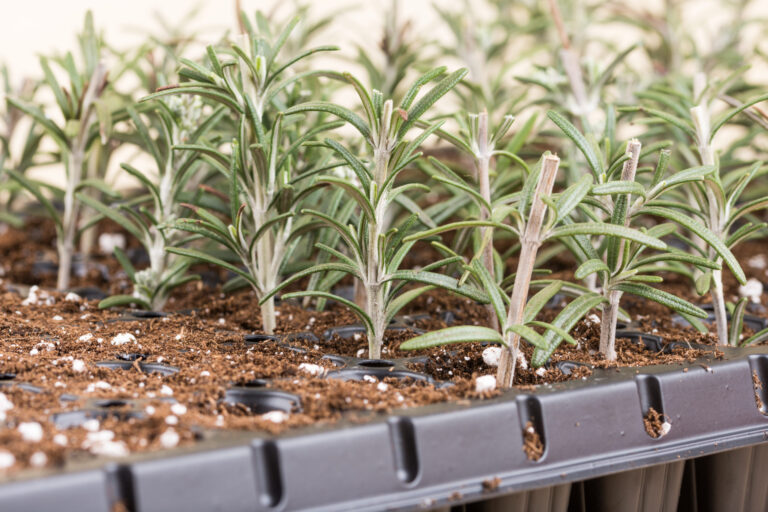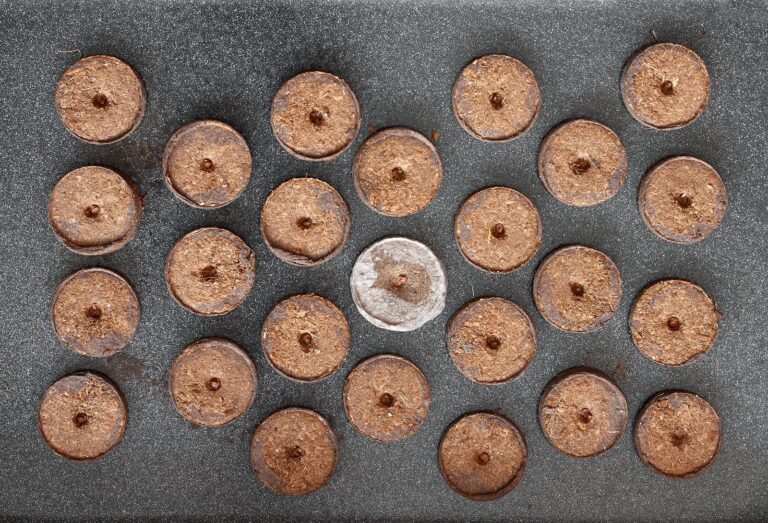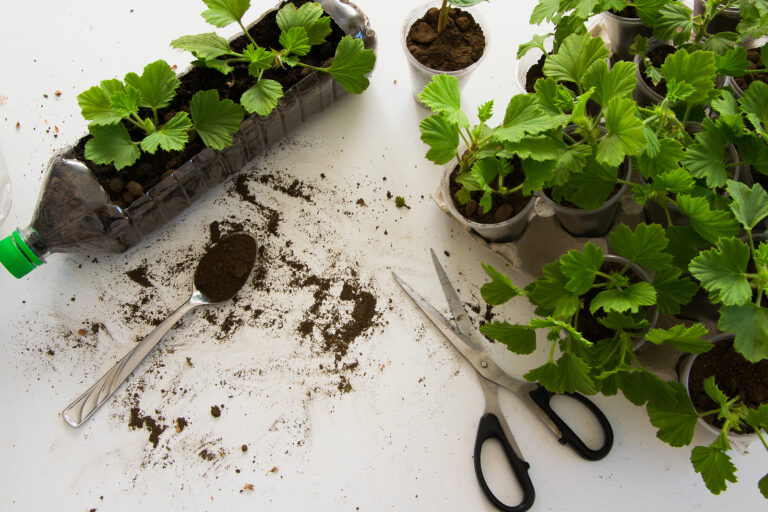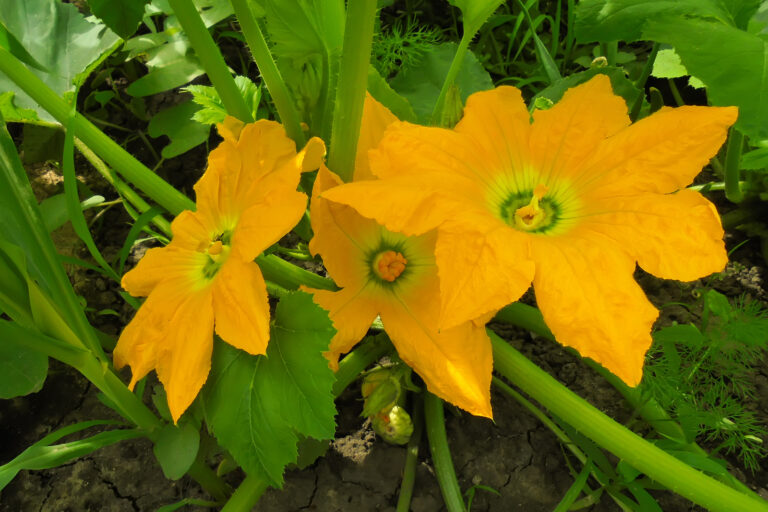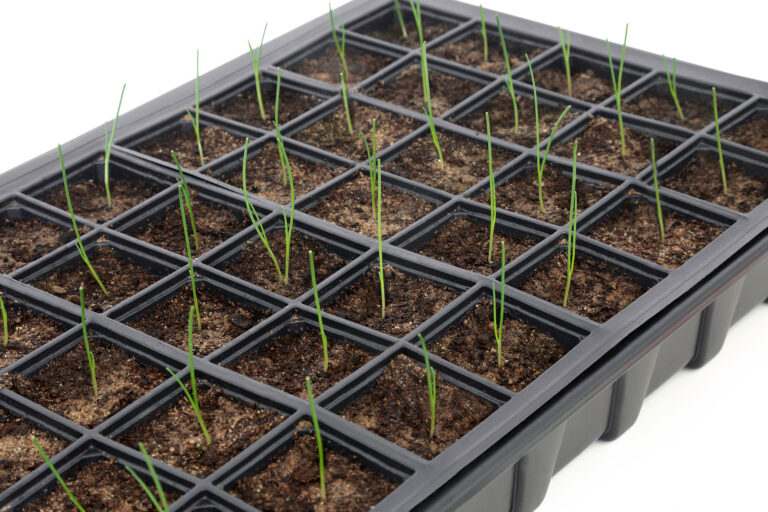Plant Propagation by Division
Division is a form of plant propagation in which new plants are not grown from seeds or bulbs but are separated or divided from their parents. A plant newly separated from its parent is called a “division.”
Division or separation are two of the easiest method of propagation that home gardeners can use to increase plants. (Other methods include seed starting, taking cuttings, and layering.)
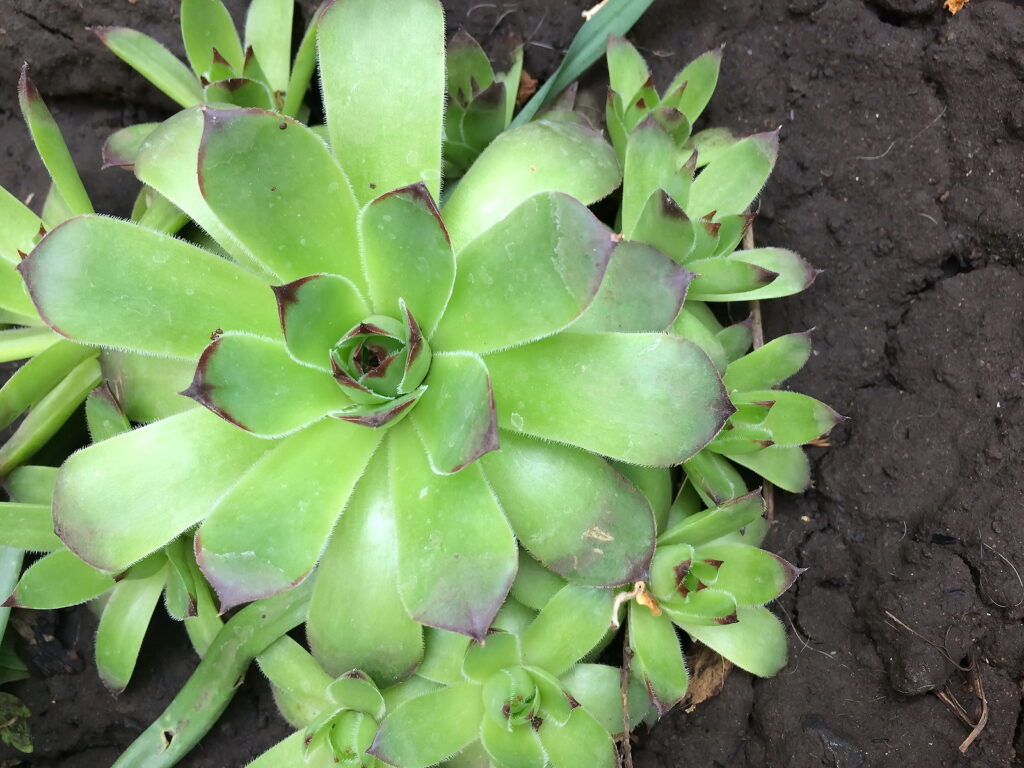
Types of division
There are several types of division. Here are the most common:
- Parts of a plant that are naturally rooted such as strawberry runners or ajuga stems may be severed from the original or parent plant and transplanted.
- The simple separation of parts of a plant that are not rooted such as tulip bulblets and hen-and-chicken offsets; these ready take root after being removed from the parent, especially at the close of the growing season.
- Separation or the cutting of parts of a plant, usually taken from the main clump of roots and crown; cannas are divided in this way.
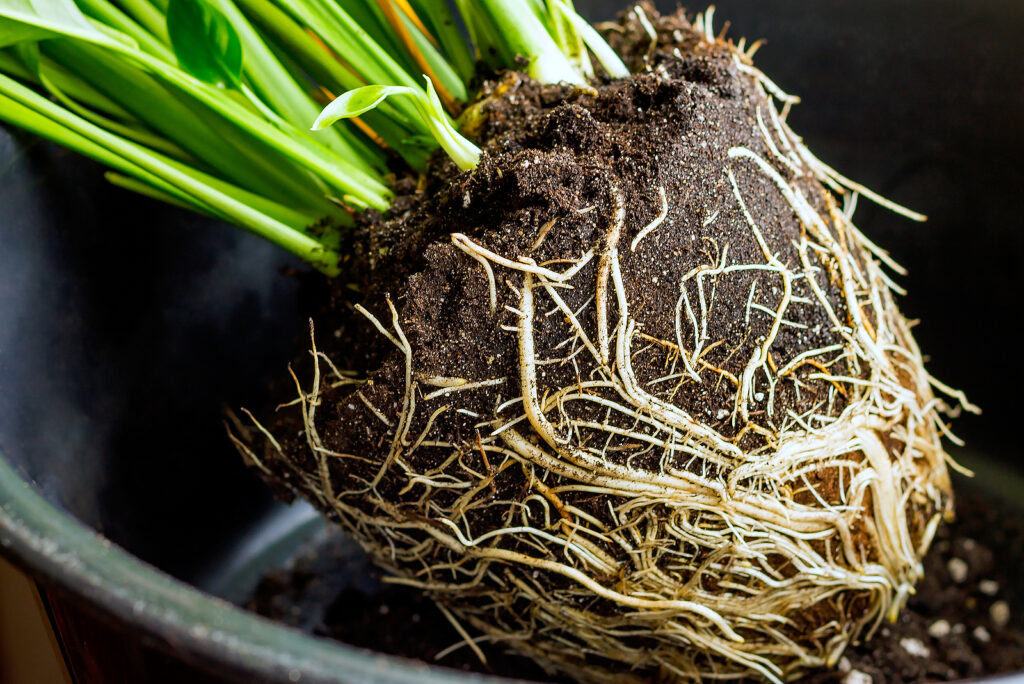
Methods of division
There are several methods of division; here are some:
- Rough division is done with a sharp spade or ax. Dig up the entire root. A spade is thrust into the crown of the plant and it is severed in half. The pieces are dug and replanted. If the roots won’t break apart with a spade, use a small ax to cut them apart. Lay the root ball on its side and cut from the sides inward rather than from the top downward. Diervilla and Philadelphus are often divided in this way. If the plant’s root ball is large, divide the plant by slicing off portions of the plant from its outside edges rather than diffing up the entire plant.
- Fine division is done with the hand or fingers or a sharp knife. Clumps are separated by hand or with a knife. Use a spade to dig up the shallow, sometimes loosely knotted roots. They may break apart as you dig or you can easily break them apart with your hands or with a trowel. Suckers can be taken from a plant this way. Stolons (slender branches) that naturally take root can be cut apart. Red osier and dogwood are often divided in this way.
- Crowns or rooted buds which usually form at the tips of rhizomes toward the close of the growing season and push upward in the soil are often severed and planted; these are sometimes called “pips.” Lily-of-the-valley is divided in this way.
- Tubers—short thickened parts of subterranean branches—are broken apart from the main stems and clumps and then planted separately. Dahlias are divided in this way.
- Bulblets formed in leaf axils, as in Tiger lilies, and plantlets formed in the margins of bryophyllum leaves and fronds of various ferns also can be separated and replanted.
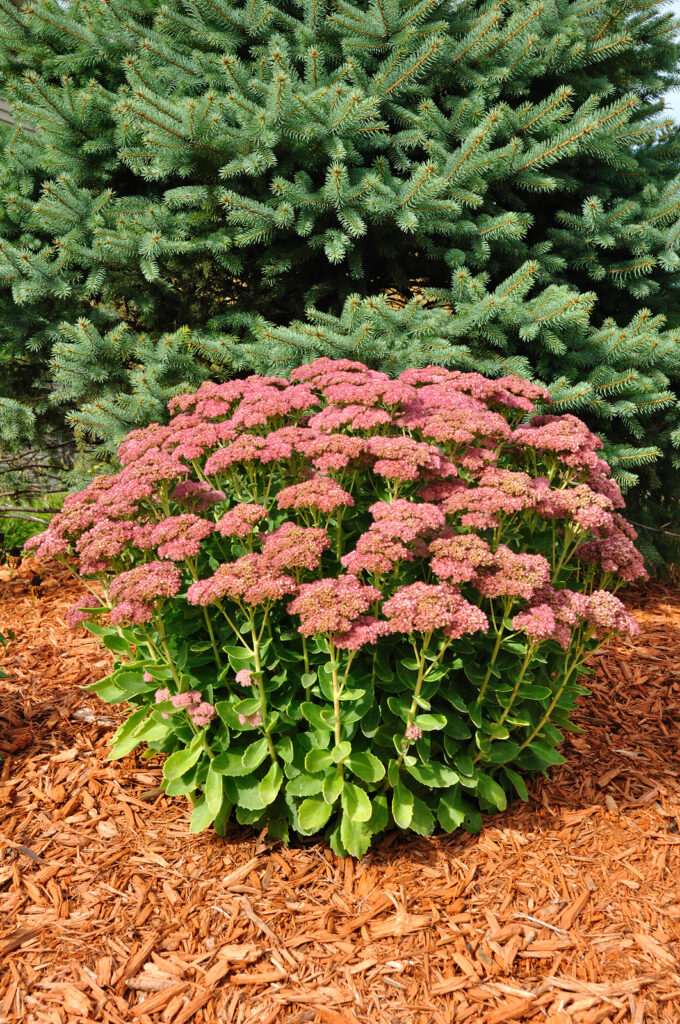
When to divide flowering perennials
Here are the best time to divide plants:
- Divide spring-blooming plants as soon as they finish flowering.
- Divide summer- and fall-blooming plants in early spring when they have 2 to 4 inches (5-10cm) of top growth.
- In mild-winter regions, divide fall bloomers in fall.
- In hot summer regions, divide perennials and allow at least four weeks for plants and roots to establish themselves before 90°F (32°C) temperatures or hotter or before freezing temperatures arrive.
- Divide perennials on cool, overcast days or in the cool of the evening. Gentle, moist weather help plant prevent heat stress.
- Most perennials need dividing every three to five years; some perennials need dividing more often. Divide plants if: (1) the center of the crown show no new growth or a ring of no growth has formed at the center of the crown, (2) flowering is reduced, (3) the plant appears fatigued and the leaves and flowers are consistently floppy.
- The faster a plant grows the more often it will need dividing. Fast-growing sedum may need dividing every other year; slow-growing peonies are commonly divided every 10 years or so.
Also of interest:

